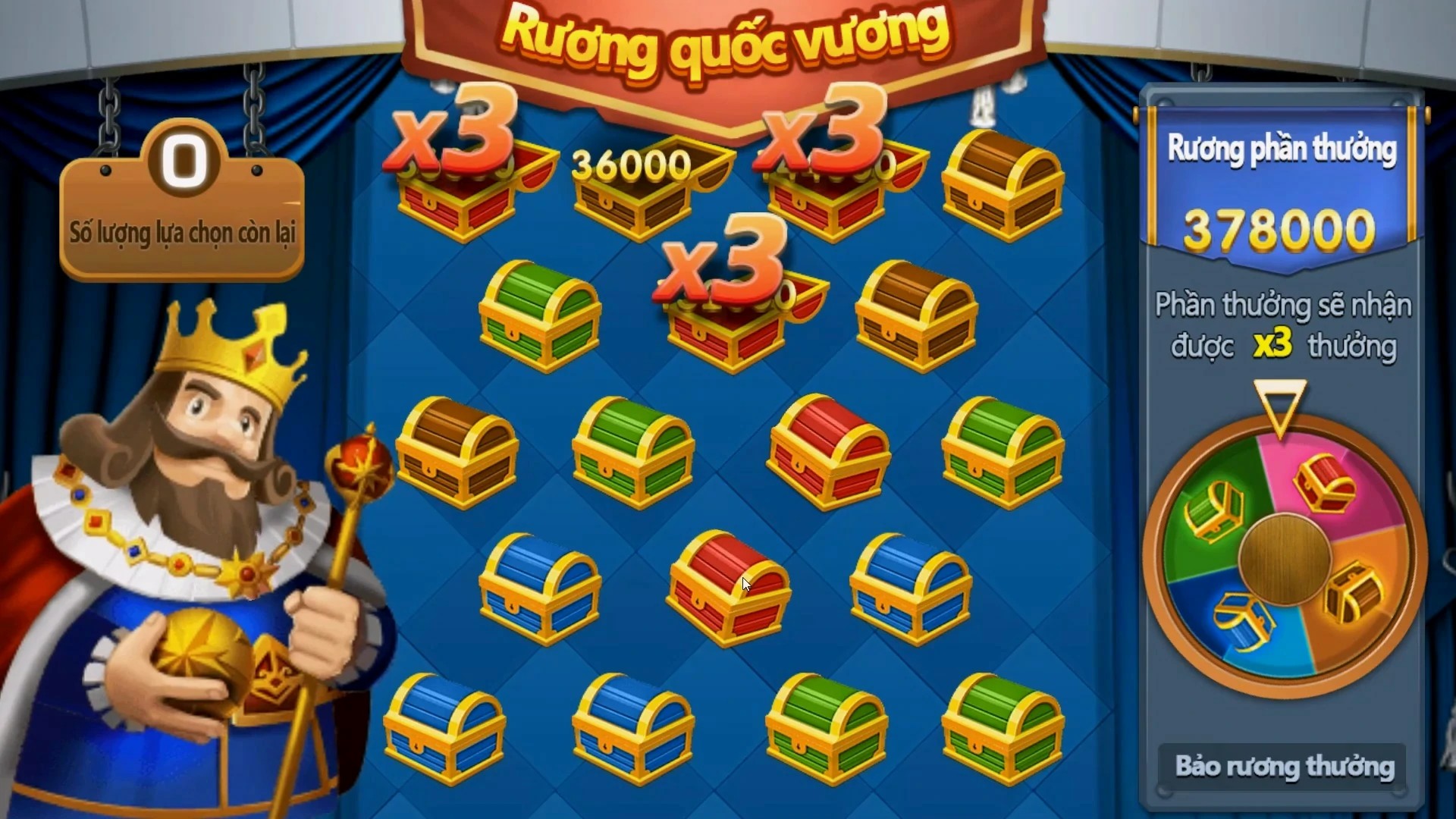The Surprising Power of Incremental Games: Why This Game Genre Keeps Hooking Players (And What It Reveals About Modern Gaming Habits)
The Quiet Rise of the Idle Empire Builders
You probably played your first incremental game before realizing it had a name. Remember clicking furiously on that single dot while watching resources multiply? Or the satisfaction of buying "autoclickers" with earnings that rolled in like clockwork? That peculiar blend of anticipation, progression and mindless pleasure sits at the core of the genre now dominating mobile gaming. While Clash Of Clans base hall 8 strategies require intense tactical thinking every week to optimize troop layouts against evolving meta strategies — here, players get hooked by doing literally nothing. In an era where gamers complain about being constantly “engaged," incrementals offer pure escapism without demanding effort. Just check back during commercial breaks or while waiting in a doctor’s line.| Core Feature | Contrast Against Popular Genres |
|---|---|
| Persistent Progress | Mechanics persist beyond play sessions |
| Simplicity | Tap to gain currency, reinvest for faster gains |
| Epileptic Reward Loop | Rewards escalate over hours rather than instantly |
| Cognitive Offload | Makes zero mental demands when not upgrading |
Psychological Mechanics Fuel Longevity Beyond Casual Tastes
Traditional wisdom says casual players abandon games quickly if challenged even slightly. Yet the paradox lies in how incremental games keep audiences engaged longer than traditional titles through specific psychological triggers.- The Dopamine Cliff Players start noticing tiny changes after days pass—unlocking milestone thresholds triggers emotional highs comparable with loot box wins.
- Narratives Between Updates Without forced storylines guiding experience, players create their own context for why they built kingdoms or evolved galaxies based on last login's achievements.
- Anchoring Bias Amplification Returning repeatedly at intervals strengthens ownership emotions towards abstract assets, creating sunk cost fallacies that bind players to digital pet projects long after novelty wears thin.
- Taxonomy Thriving Within Simplicity Within basic systems, developers cleverly introduce specialization routes—from automating production methods to discovering synergy-based upgrades never explained through tutorials directly. These layered dynamics transform initially simple experiences into complex webs keeping users returning for weeks just chasing next big milestones.
Clash of Clans vs Tap-Tastic Titans: Comparing Engagement Depths
The average Hall Level 8 player dedicates around seven weekly hours managing troops layouts and raid schedules compared to idle players investing less than an hour total per fortnight actively changing game paths. How can such minimal interactions generate deeper retention than battle royales burning out crowds within two seasons? |Feature | Clash of Clans Hall8 Focus |Idle Tycoon Style Approach| |-------|------------------------|-------------| |Time Required Per Session |15–40 mins strategic rebuilding||Quick taps between offline gains|| |Milestone Duration Until Max Progress||3+ Months to reach level caps| Here's what surprises everyone: **While competitive titles thrive through active rivalries keeping adrenaline high temporarily,** idlers win through persistent dopamine release spread gradually over long stretches making withdrawal far less jarring when eventual churn happens. You don't feel abandoned but rather complete once key benchmarks achieved. Moreover, many who eventually quit often return months later finding progress intact — transforming re-entry into nostalgic journeys rather stressful uphill struggles explaining why studios track multiple lifecycle plays rather than binary installed/deleted stats. But why does this matter? Understanding what differentiates commitment styles helps marketers shape retention mechanics differently across segments — perhaps borrowing slow drip gratification models seen here while preserving active gameplay integrity demanded by hardcore audiences craving instant responses.Fusion Trends Redefining Boundaries Between Hardcore and Idle Experiences
Modern titles like Bitburner blend programming elements into traditional cookie clickers while Stardew Valley-inspired farming sims add auto-harvesting options letting casuals take farming breaks while maintaining progress. Hybridization proves particularly powerful among aging players balancing careers, parenting and hobbies where sustained yet non-invasive engagement proves vital. Meanwhile AR tech opens new frontiers: walking routes in Pokémon GO now unlock offline earning modifiers while location-triggered bonuses give incremental boosts tied geographic positions making real-world travel impact virtual economy standings unexpectedly — showing how physical activity could merge smoothly with usually stationary habits traditionally associated with sedentary behaviors critics associate negatively with video gaming broadly speaking. These unexpected crossovers expand potential demographics significantly. Key Fusion Elements Being Trialed Across Studios- Gamification Layers Over Existing Apps
- Biofeedback-Controlled Progression Speeds
- Xbox Cloud Integration Enabling Cross-Device Sessions
- Blockchain Back Ends For Verifying True Ownership



